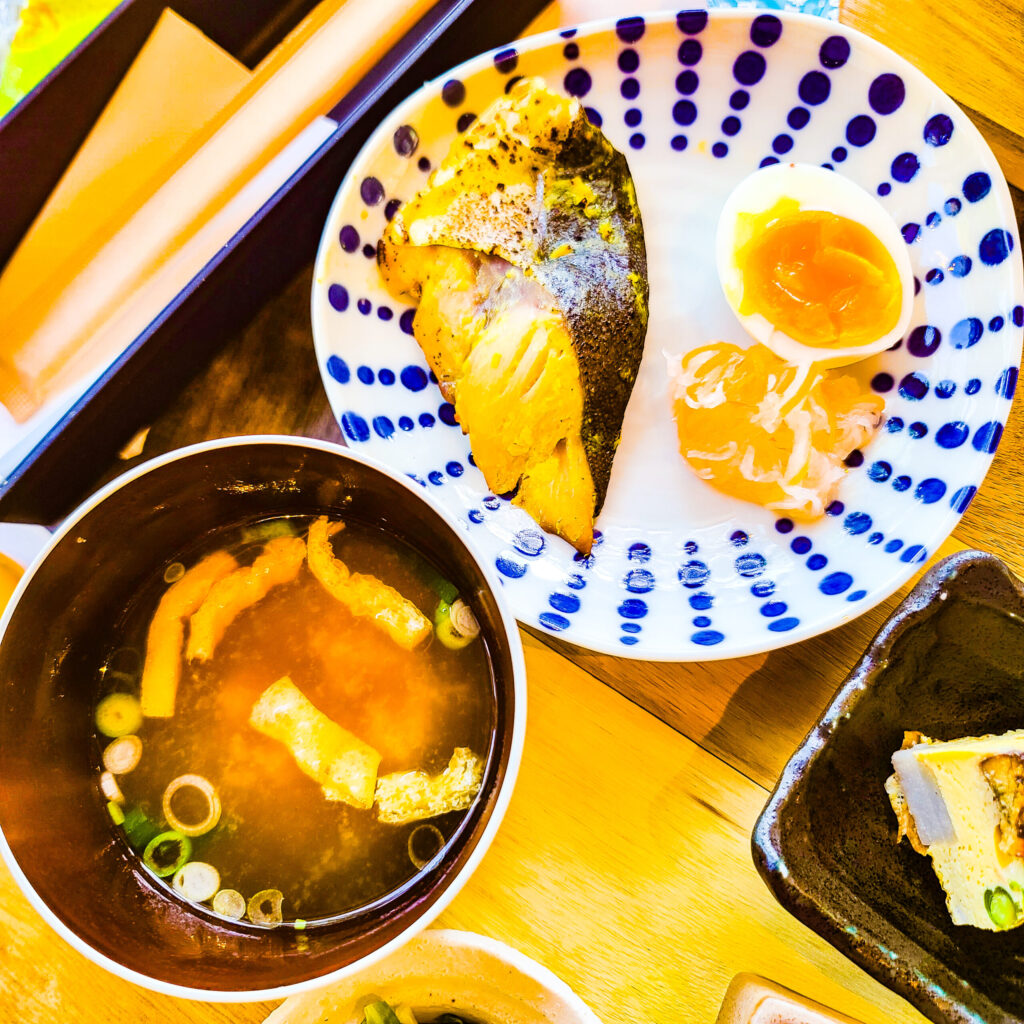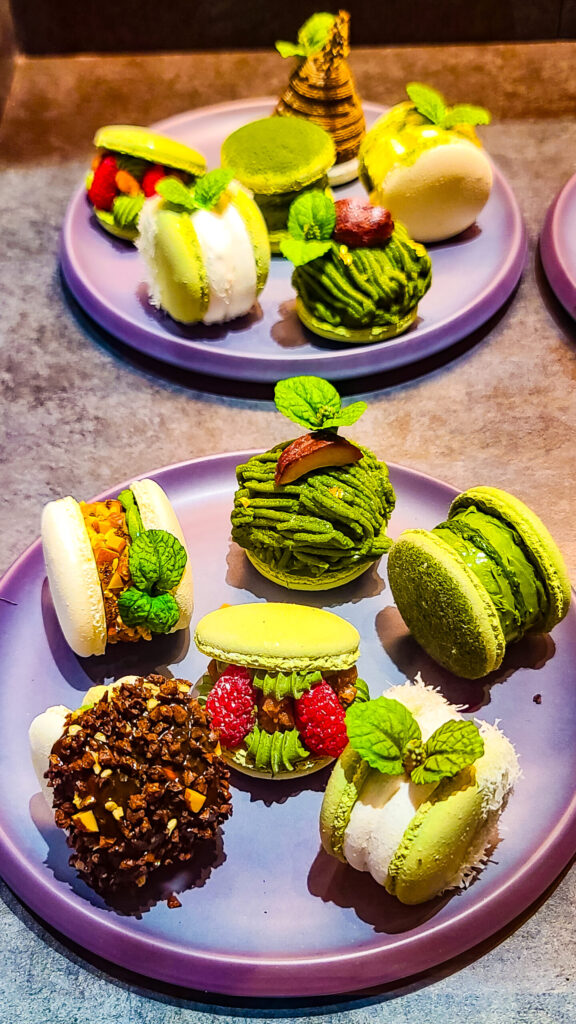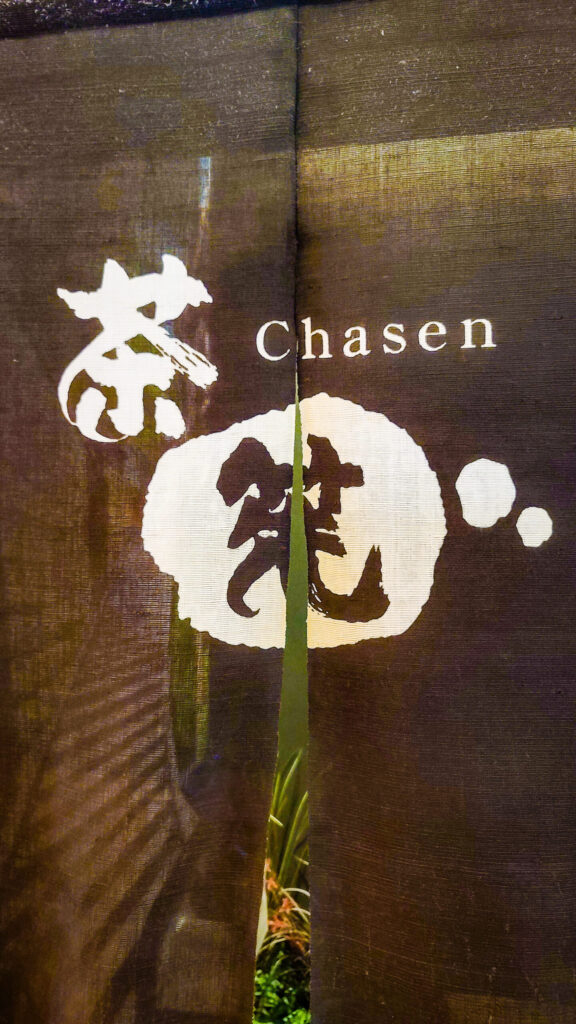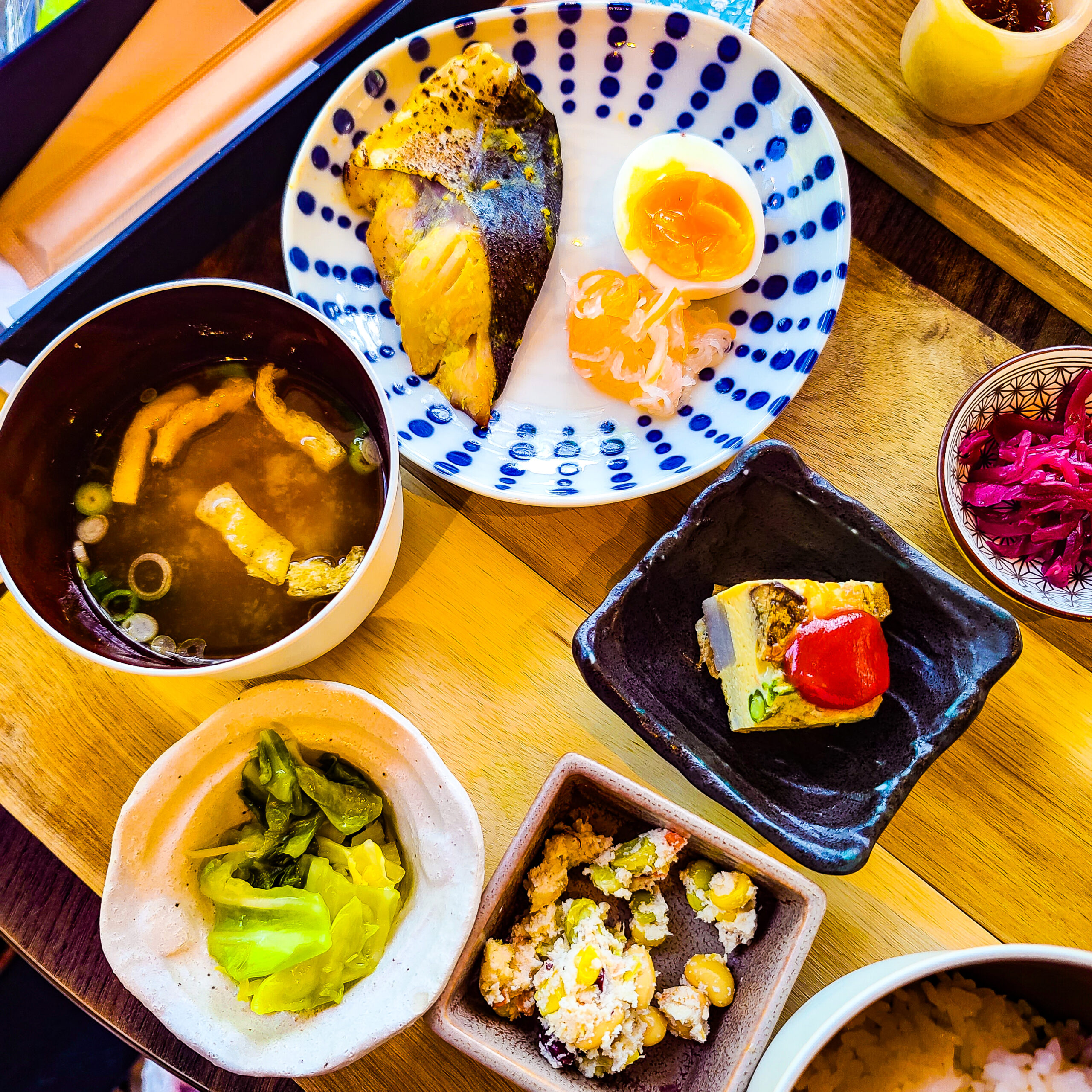If you really want to connect with a place you’re visiting, order local dishes that say “traditional” or “seasonal” and you’ll have a fuller travel experience whether you like the food or not.

I am always a fan of trying new things, especially when it’s something for which a place is known, like fish and chips in the UK or chicken and sausage gumbo in the Southern United States (well, really only in Louisiana). While visiting Kyoto, I happened to try something that I learned later specifically originates in the Kyoto region. After exploring the Kodai-ji Bamboo Forest, we wandered into the nearby Chasen French Café for lunch. Whenever I see “traditional” or “seasonal” on a menu while traveling, I instinctively want to see what their local food is like. So, when I saw “Seasonal fish saikyo-yaki with soft-boiled egg,” I instantly knew that’s what I was ordering without knowing what it was.

What I like is that the miso marinade was light and didn’t affect the taste of the actual fish. Since it was a thick filet, it maintained its own flavor that was gently complemented by the miso. As a “texture” person, it was a nice way to explore the fullness of the fish without being overpowered by a gooey sauce. The miso soup was so delicious, I wanted to order more. Something else I’ve come to love on this adventure is the pickled radish that usually accompanies a main dish in Japan. Sometimes it’s pickled cabbage or cucumber, but it’s always a delicious accent.

But let’s talk about miso. Kyoto is an ancient city but also a prefecture which is a larger division of Japan, like a state or province. As with any country touting a long history of traditional cuisine, many regions in Japan have their own variations of traditional food preparation like miso flavors. Saikyo-yaki is Kyoto’s regional technique for preparing fish in which slices of fish are marinated overnight in a white miso paste. Miso is a traditional Japanese seasoning consisting of a thick paste made from soybeans fermented with salt and koji, a filamented fungus used in Japanese cuisine. A second element is added to adjust the miso flavor (salty, sweet, earthy, fruity, or savory). Kyoto is known for its white miso which is given a sweeter flavor with sake or mirin (rice wine). This ancient method developed as a way to preserve fish before refrigeration in modern times.

Most restaurants and private entrances I’ve seen in Kyoto have curtains across the entryway either inside or outside. These black Chasen curtains were just inside a “secret” door from the outside that slides open like a rock opening a secret tomb. We were on a tight schedule to see sites and the beautiful desserts were unexpected, we didn’t have enough time to stay and enjoy the exquisite macaroon creations. But we were seated in front of a glass window wall with such a beautiful view overlooking the Ninenzaka thoroughfare with azaleas in the foreground and classic Japanese rooftops in the background. This is a beautiful place to rest and treat yourself to a view with a treat. Whether you’re heading to Ninenzaka or the Kodai-ji Temple, Chasen French Café is an excellent stop – for a light meal or a decadent treat, or both!










Leave a Reply
You must be logged in to post a comment.